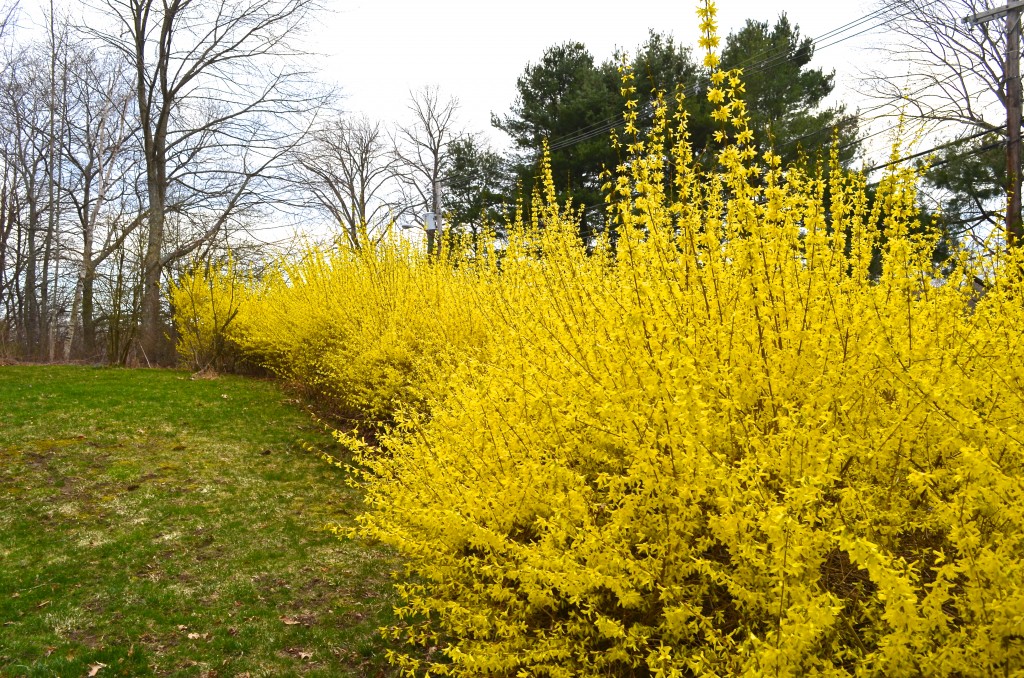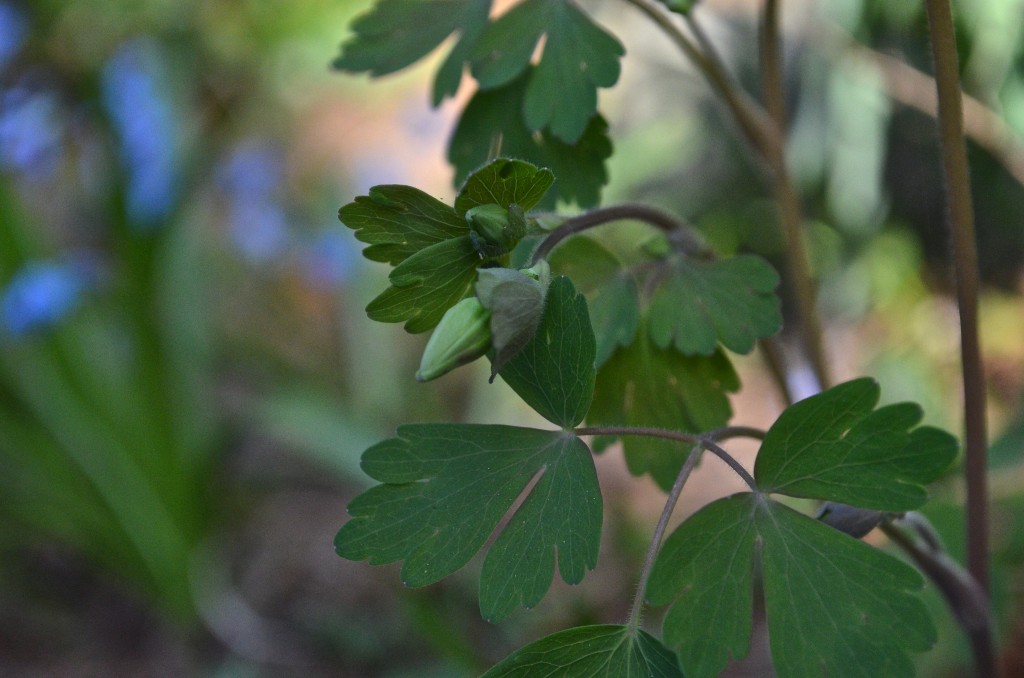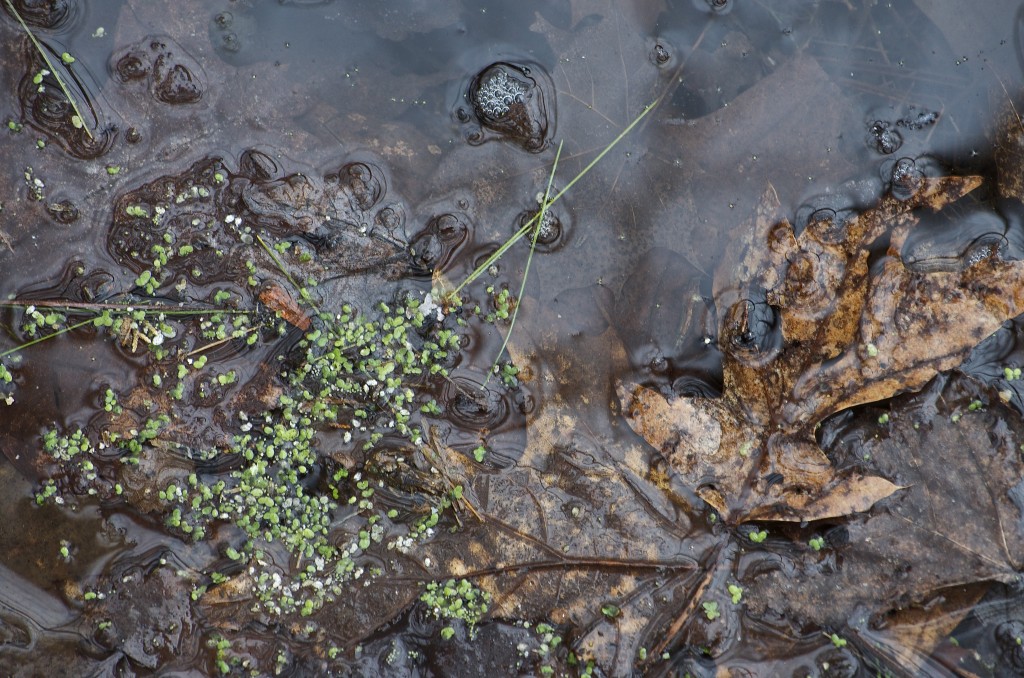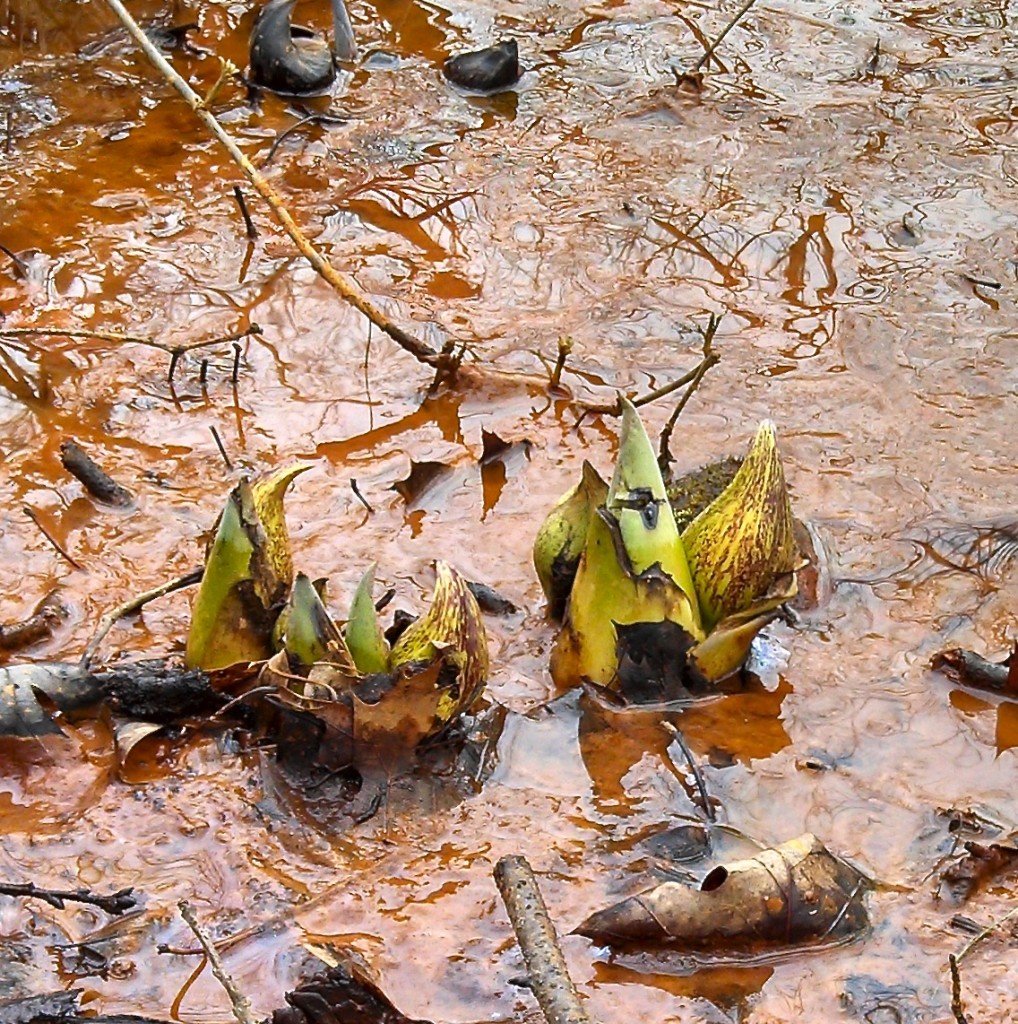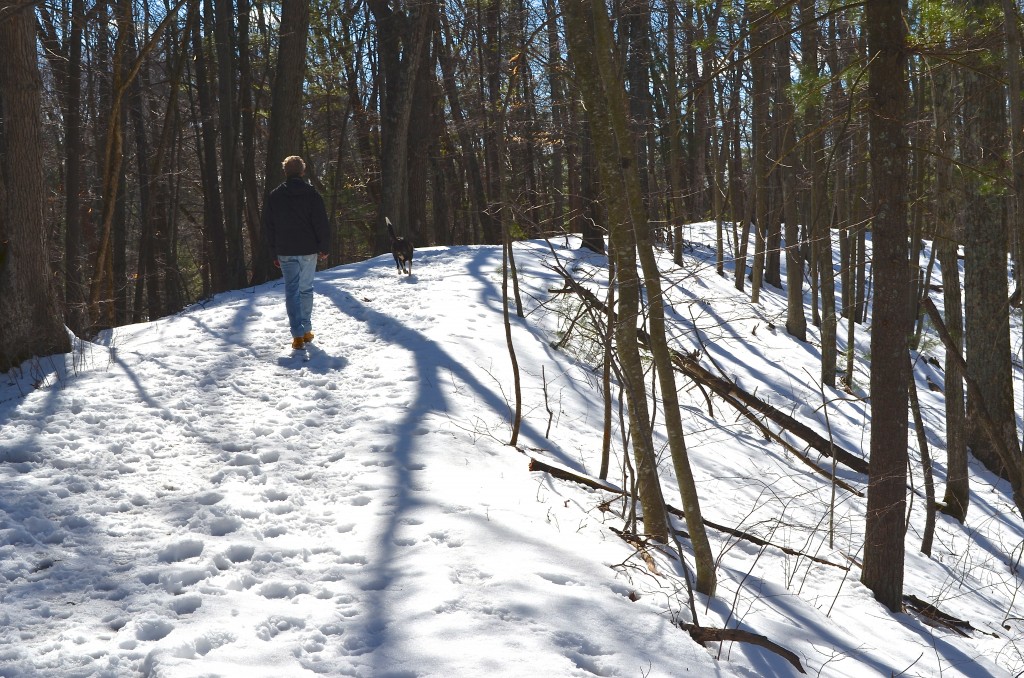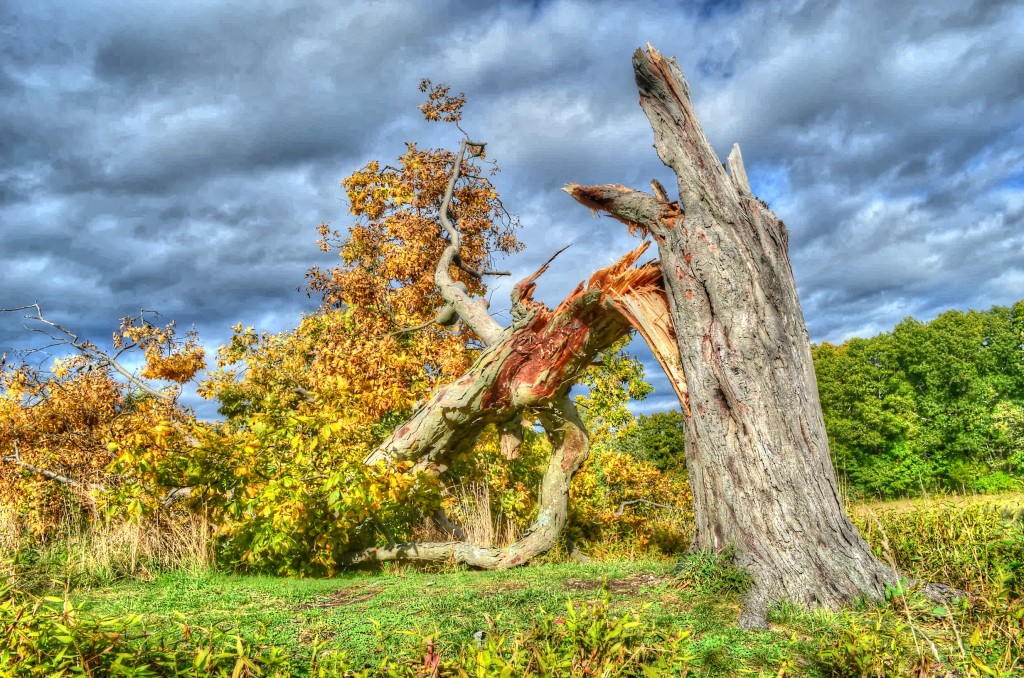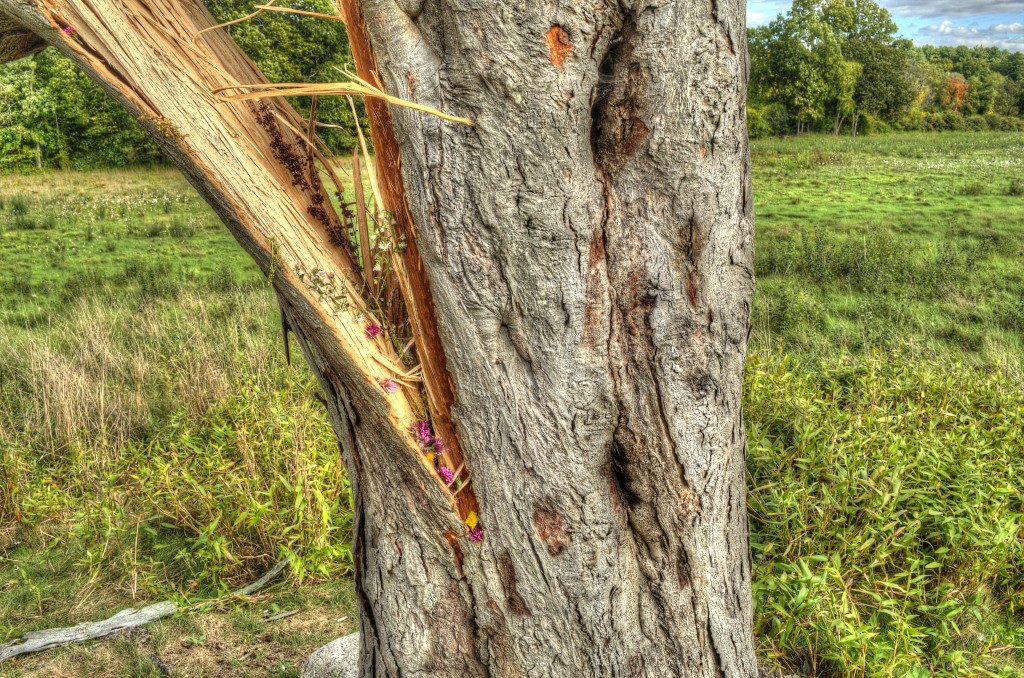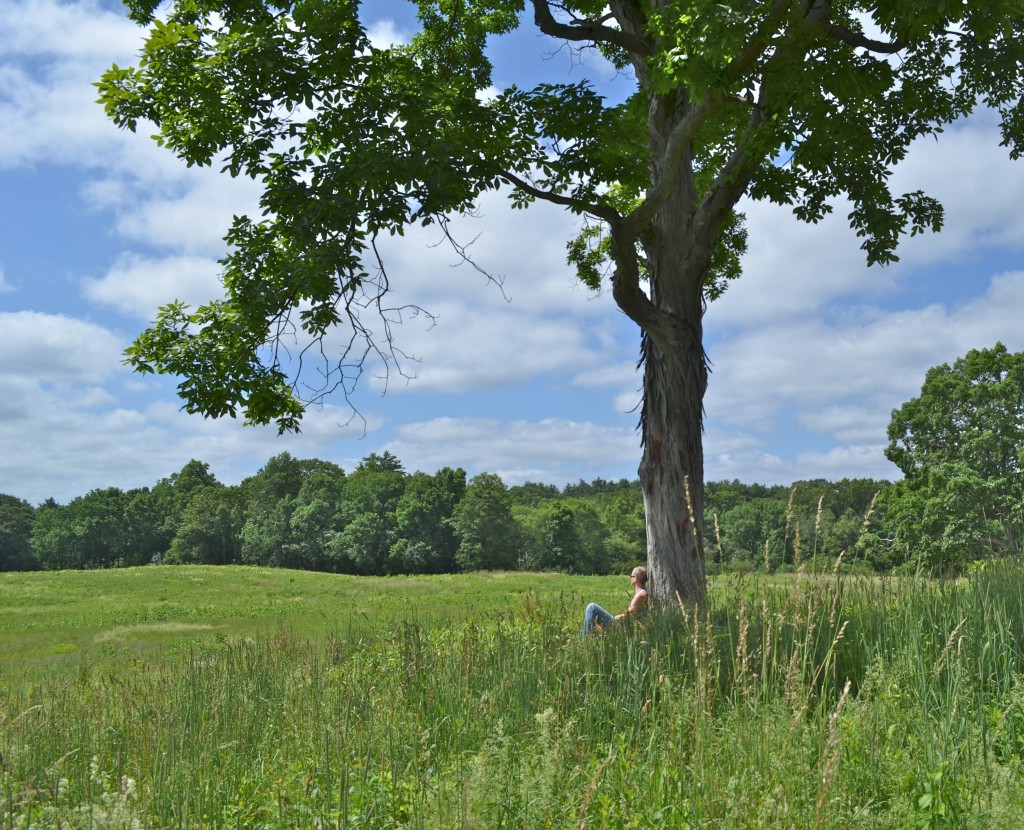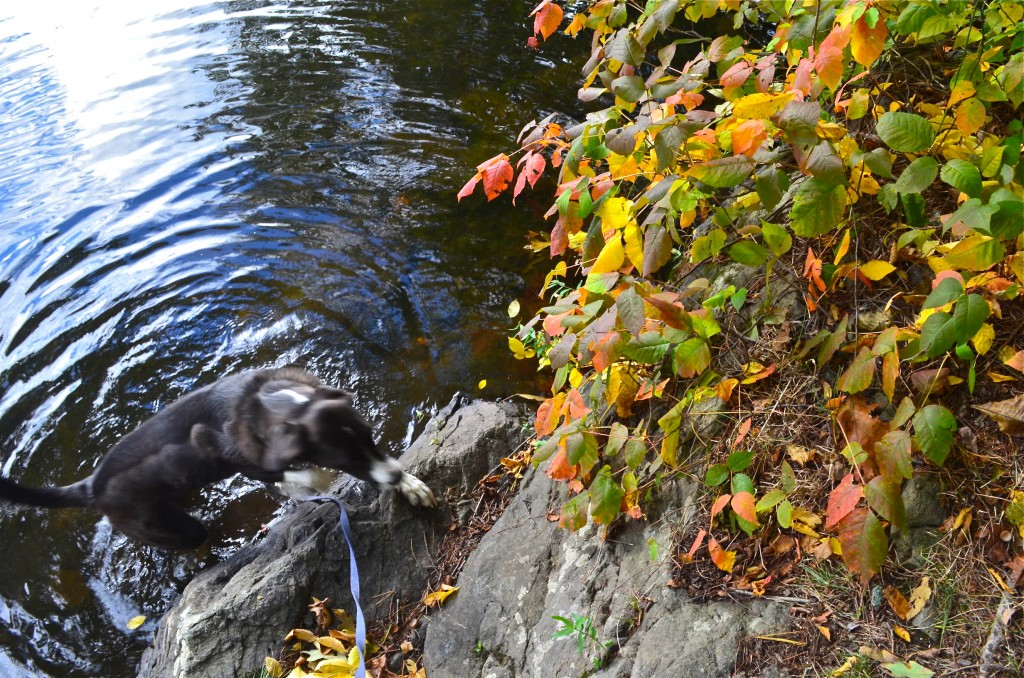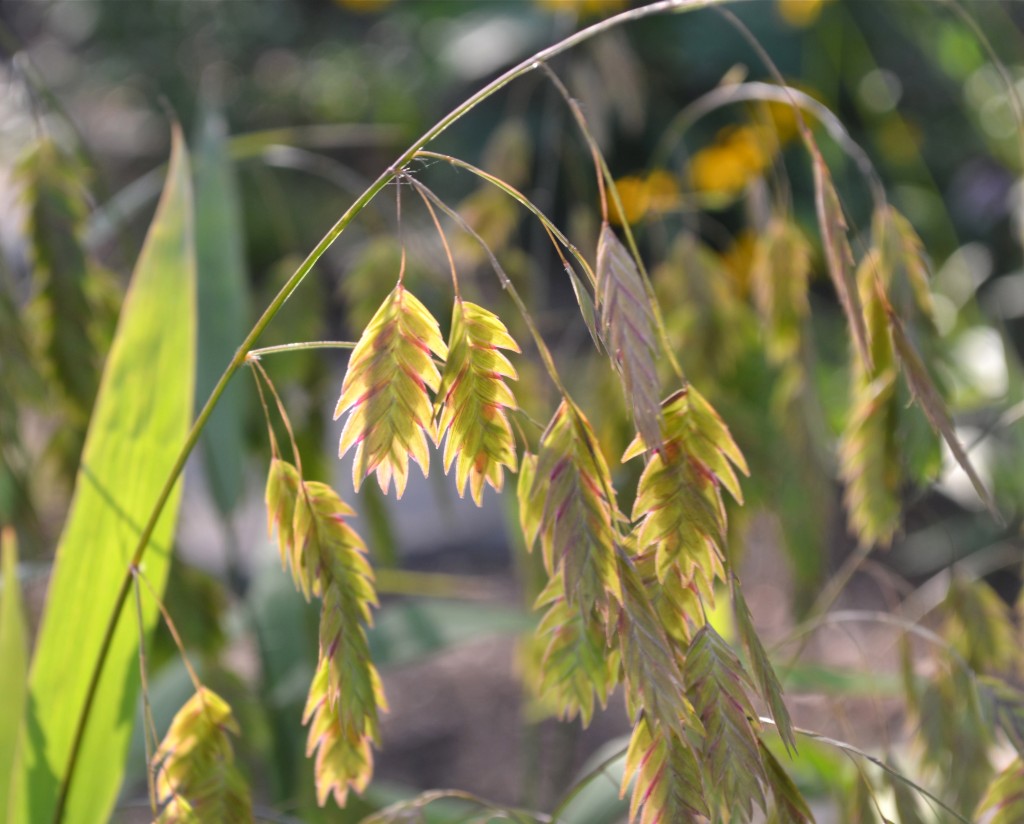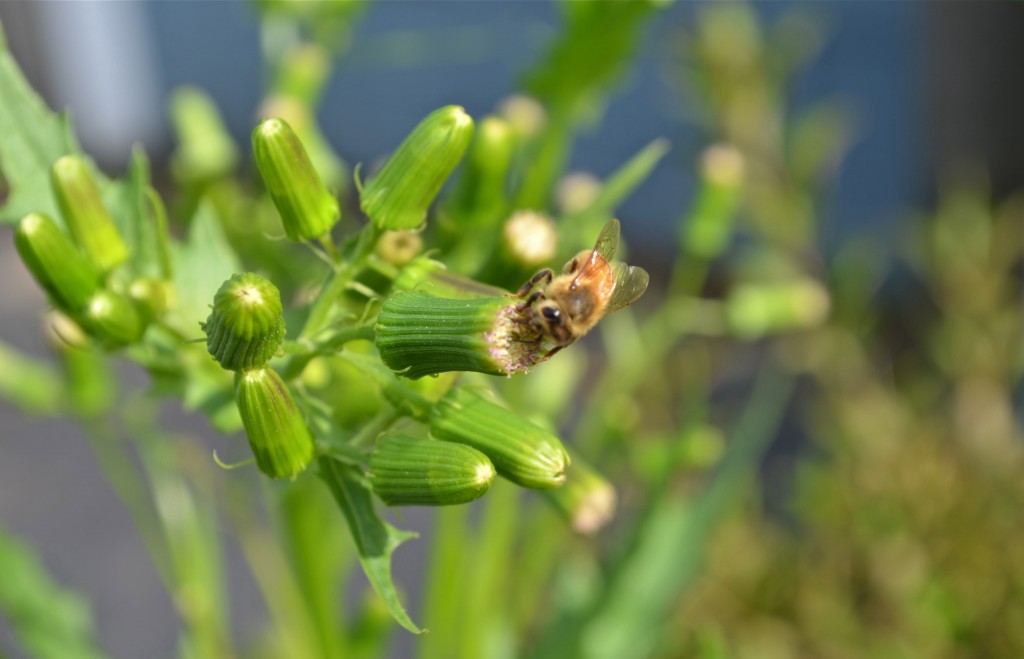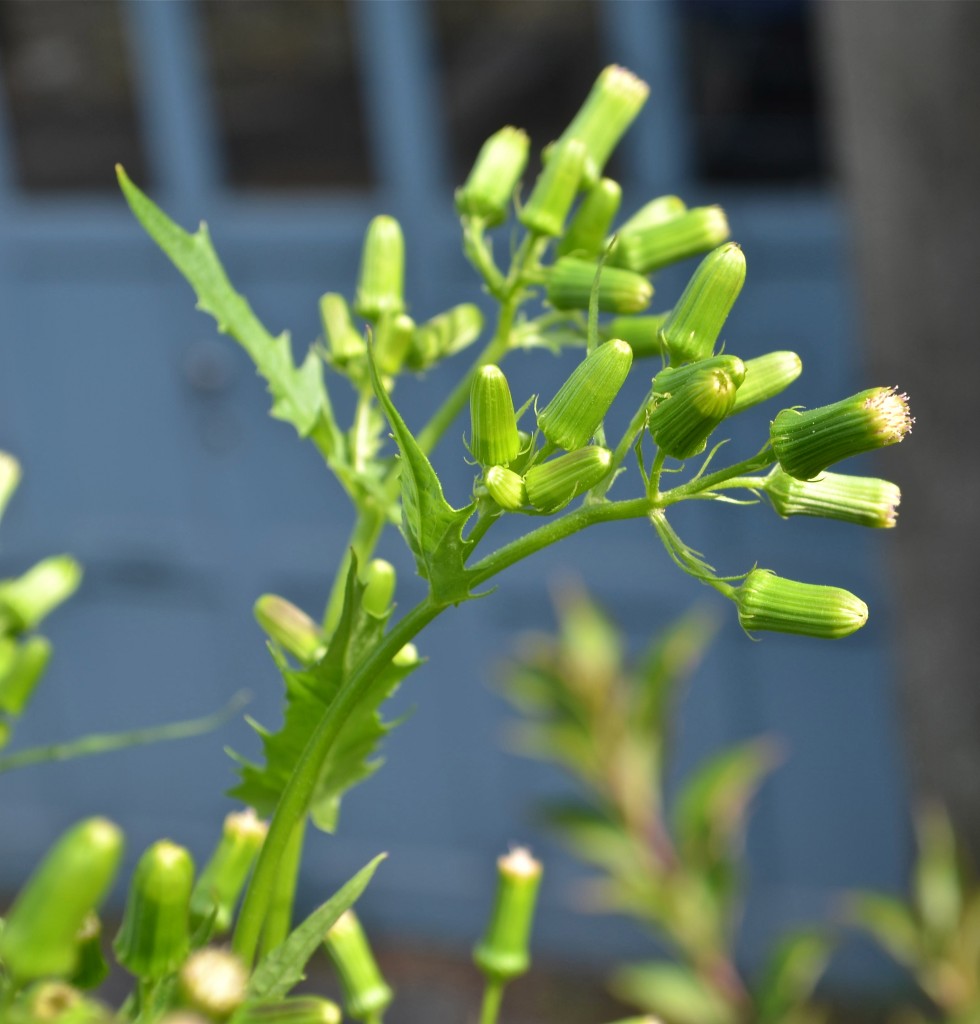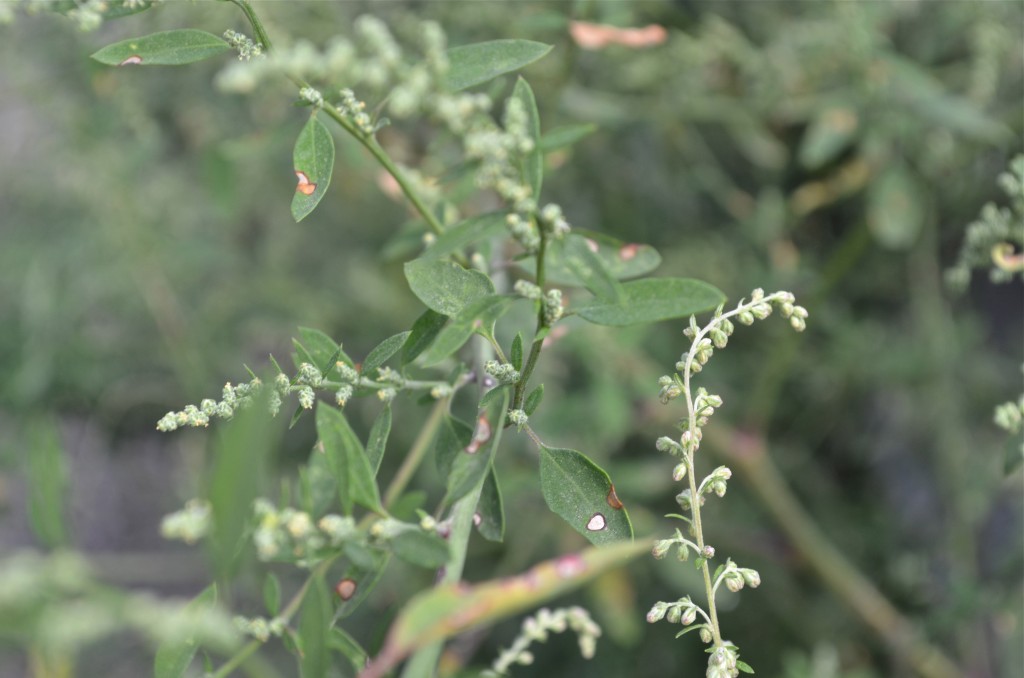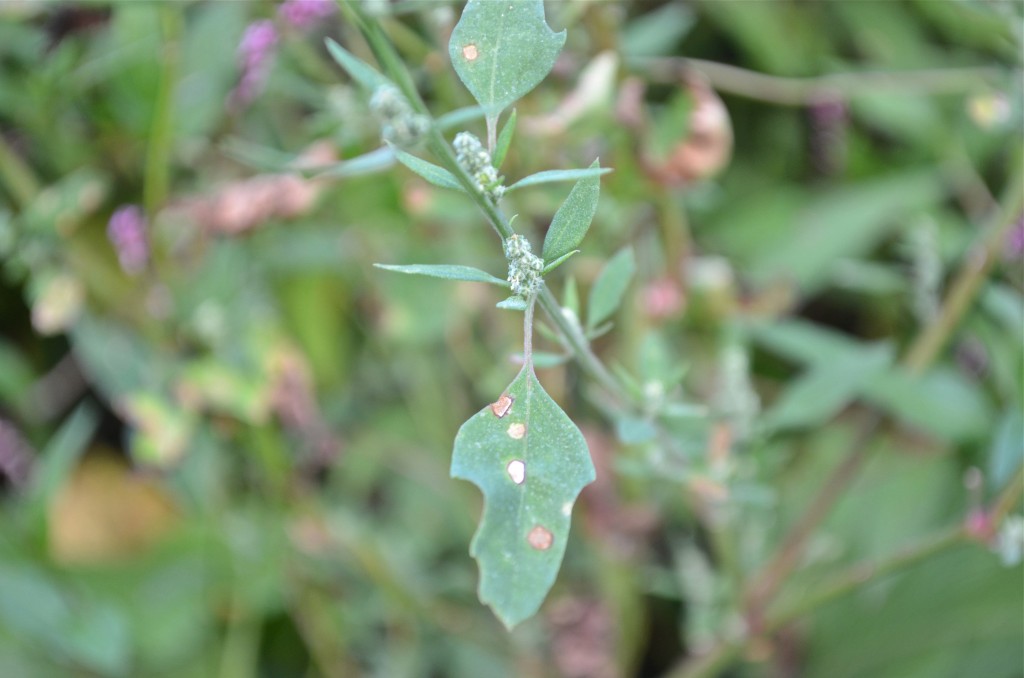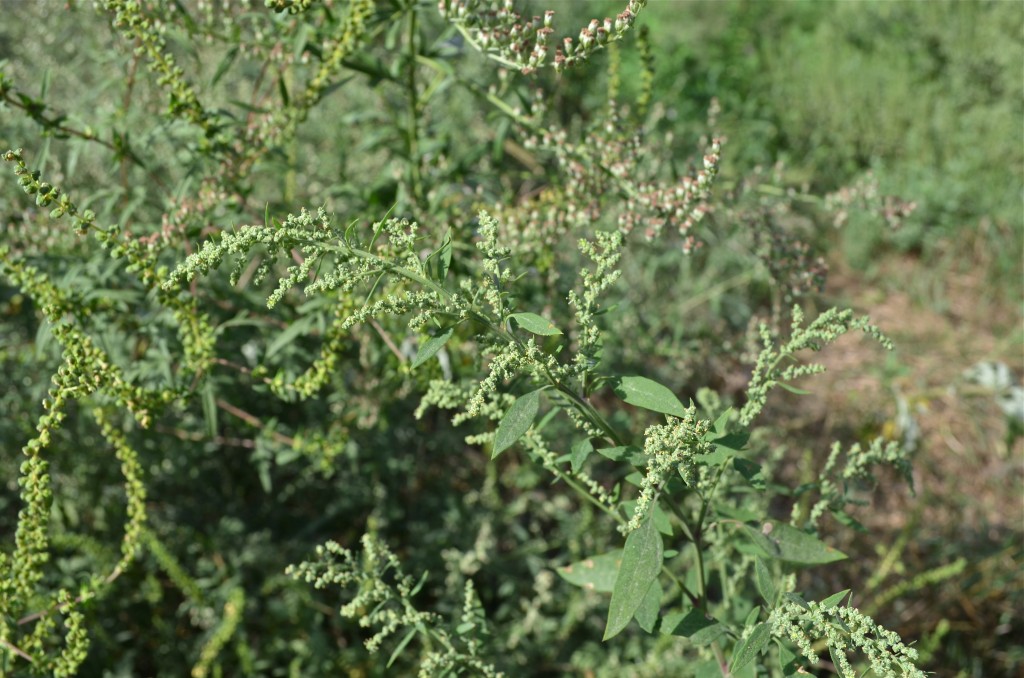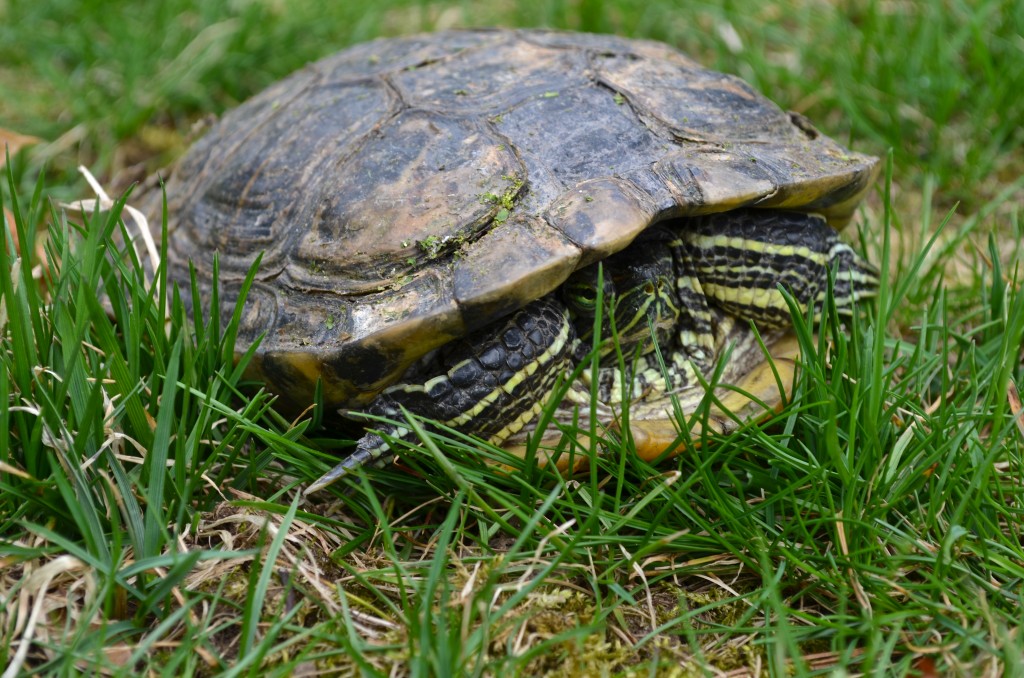
There are stone steps leading from our driveway up to the yard, and one day, a turtle was positioned vertically against the bottom step, with one arm mightily extended onto the top of the step, ready to hoist itself up. I went in to get a camera, had to answer the phone, and by the time I got back, she had gone to plan B. (This is how slow I need wildlife to move for me to be able to take their picture.) Anyway, I think this is a red-eared slider, which is the kind of turtle that people have as little pets, and so many have been released, they are an invasive species in the Northeast. They have green skin and yellow stripes, and a red stripe on each side of the head. They are omnivores, and must be submerged to eat. This one was about 10″ in diameter and was coming from the pond, and still had pond vegetation on its shell. Where was it going?
Red-eared Slider (Pseudemys elegans)
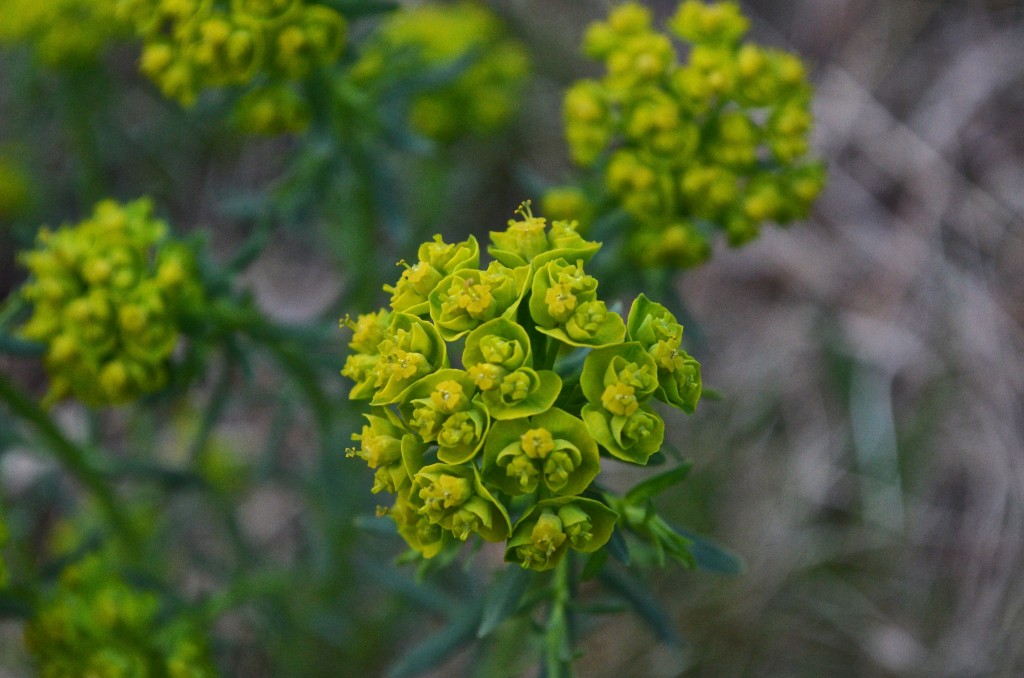 Native to Europe, introduced to North America in the 1860s as an ornamental, and now, a harmful invasive that has really colonized Charles River Peninsula. Forms a dense ground cover. Tiny flowers that start lime-green and yellow, and age to red. Poisonous sap.
Native to Europe, introduced to North America in the 1860s as an ornamental, and now, a harmful invasive that has really colonized Charles River Peninsula. Forms a dense ground cover. Tiny flowers that start lime-green and yellow, and age to red. Poisonous sap.

